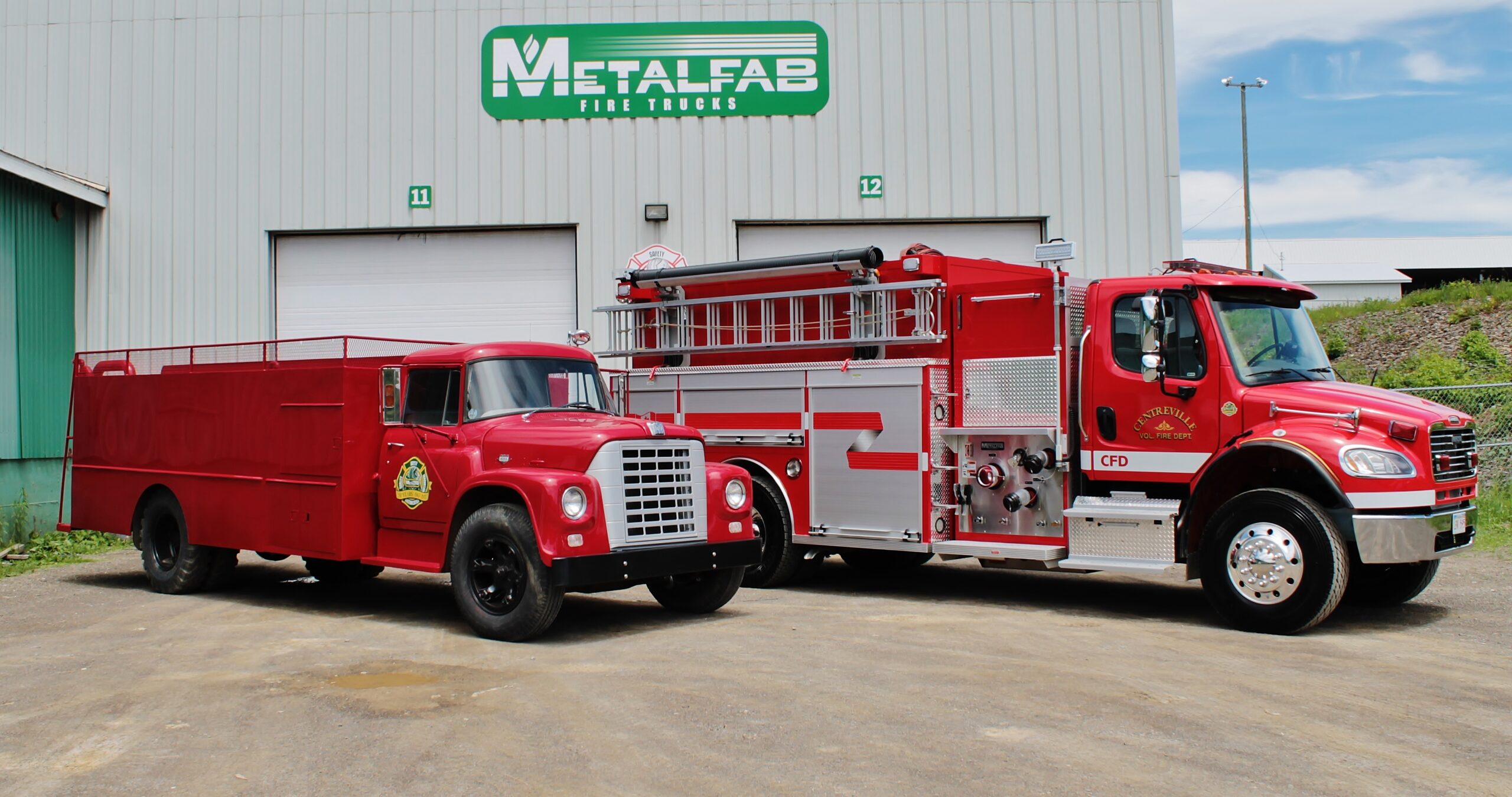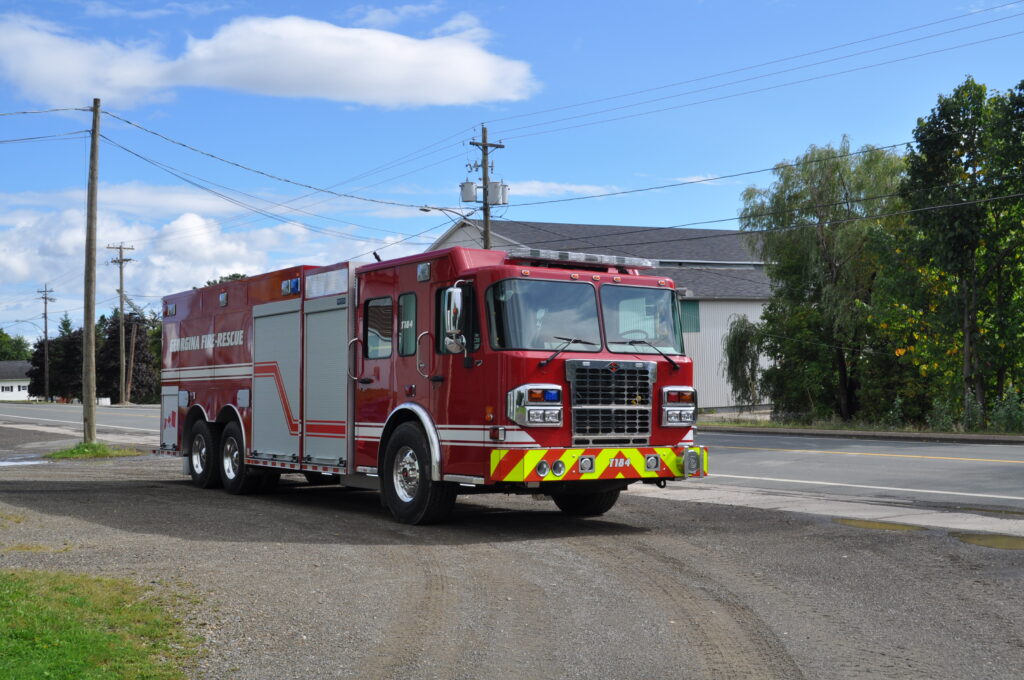
Tire safety and regulations are very important, especially when it comes to emergency response vehicles like fire trucks. Since a fire truck needs to perform under extreme conditions, tire reliability is one of the most critical parameters to keep in mind regarding fire truck safety.
This creates a need for best practices, safety considerations, and regulatory guidelines. This article will cover everything you need to know about tire regulations for fire trucks.
The Need For Regulations
Tire regulations for fire trucks are significant for purposes of fire truck safety, reliability, and performance. These regulations assist in mitigating the chance of tire failure, which is among the top causes of accidents that might compromise firefighter and public safety.
Following regulations on tire maintenance make fire trucks ready at any time for emergency response, thus providing maximum traction, handling, and stability at high speeds, even under dangerous conditions. By adhering to these regulations, the lifespan of tires is increased, and their performance remains proportional to the loads and high usage rates that fire trucks bear.
Regular inspections also make a significant difference in detecting and correcting tire problems before they become severe and lessening any unexpected downtime during critical operations. In the long run, inspections ensure that fire trucks are available when they are needed so firefighters can carry out their mission of saving lives and property successfully and safely.
Monitoring Conditions

A visual or operational check of the apparatus should be done within 24 hours of a run or at least weekly. Fire truck tires need to be adequately inspected for tread depth. Tires are supposed to have adequate tread depth to ensure proper road surface grip, including in inclement weather. The tires should not have considerable damages—such as cuts, cracks, or bulges—that will compromise their integrity.
Each week, firefighters should use a tread gauge to check tread depth and identify any unusual tread wear. It’s recommended that the remaining tread depth for steer tires be at least 4/32 inches and at least 2/32 inches for all other tire positions. Adhering to these measurements helps prevent any loss of traction.
Use a gauge to check the tire pressure, including the inside tire on dual wheels. Correct inflation pressure must be maintained since either over-inflation or under-inflation will lead to unequal tire wear, decreased traction, and more blowout risks.
After looking for any obvious defects, check the rims for damage and ensure the lug nuts are present and tight. It’s best to use lug nut flags for better identification.
The tires for the fire truck need to be loaded and speed-rated to meet the vehicle’s weight and performance requirements. This includes rating the tires for the highest load carried, including the truck’s weight, equipment, and personnel.
In addition, it’s important to keep in mind weather conditions. During the winter months when icy conditions are common, tire chains will give your tires more support and help you navigate icy roads more safely.
Keeping Records
In both Canada and the United States, fire departments must have detailed fire truck tire maintenance records to monitor their conditions to fulfill safety requirements and regulations.
All inspections, servicing, and replacing needs to be documented as comprehensively as possible. These records also help track status, ensure timely maintenance, maintain responsibility, and ultimately ensure safety and reliability of the fire apparatus.
Regulatory Guidance And Guidelines
Tire regulations concerning fire trucks in Canada are governed by various regulatory bodies and standards, so a comprehensive approach must be followed regarding vehicle safety. Aside from regional and provincial regulatory bodies, multiple resources exist where you can seek appropriate guidance to stay in compliance. Consider these reliable sources:
- Transports Canada sets safety rules for all vehicles, including fire trucks. The rules cover a myriad of tire safety issues, from the manufacturing stage to in-service management.
National Fire Protection Association is another resource to consider. Although this is a US-based organization, the standards developed by NFPA are frequently adopted or cited in Canada. For example, NFPA 1901 is a standard for the design and performance requirements of fire apparatuses, including tire selection and maintenance provisions. - Components on fire trucks such as beds, hoses, and filters are subject to wear and tear on every call. It’s really no different for tires. Just like we do regular maintenance to extend the lifespan on a truck, the same applies to tires. Understanding and following regulations on tires for a fire truck ensures safety, reliability, and performance in a time of emergency. Proper tire maintenance and adherence to standards ensure that fire trucks are always ready to serve when you need them most.
With proper inspection, meticulous record keeping, and best practices in place, a tire’s life may be extended with the added benefit of increased performance that protects the lives of firefighters and the public. Tire safety is a way for the department to ensure the most dependable and effective apparatus for saving lives.
By committing to these practices, we can reduce tire failures, extend fire truck lifespans, and ensure they are always ready to save lives. For more information on tire regulations and best practices for fire trucks, contact us.
